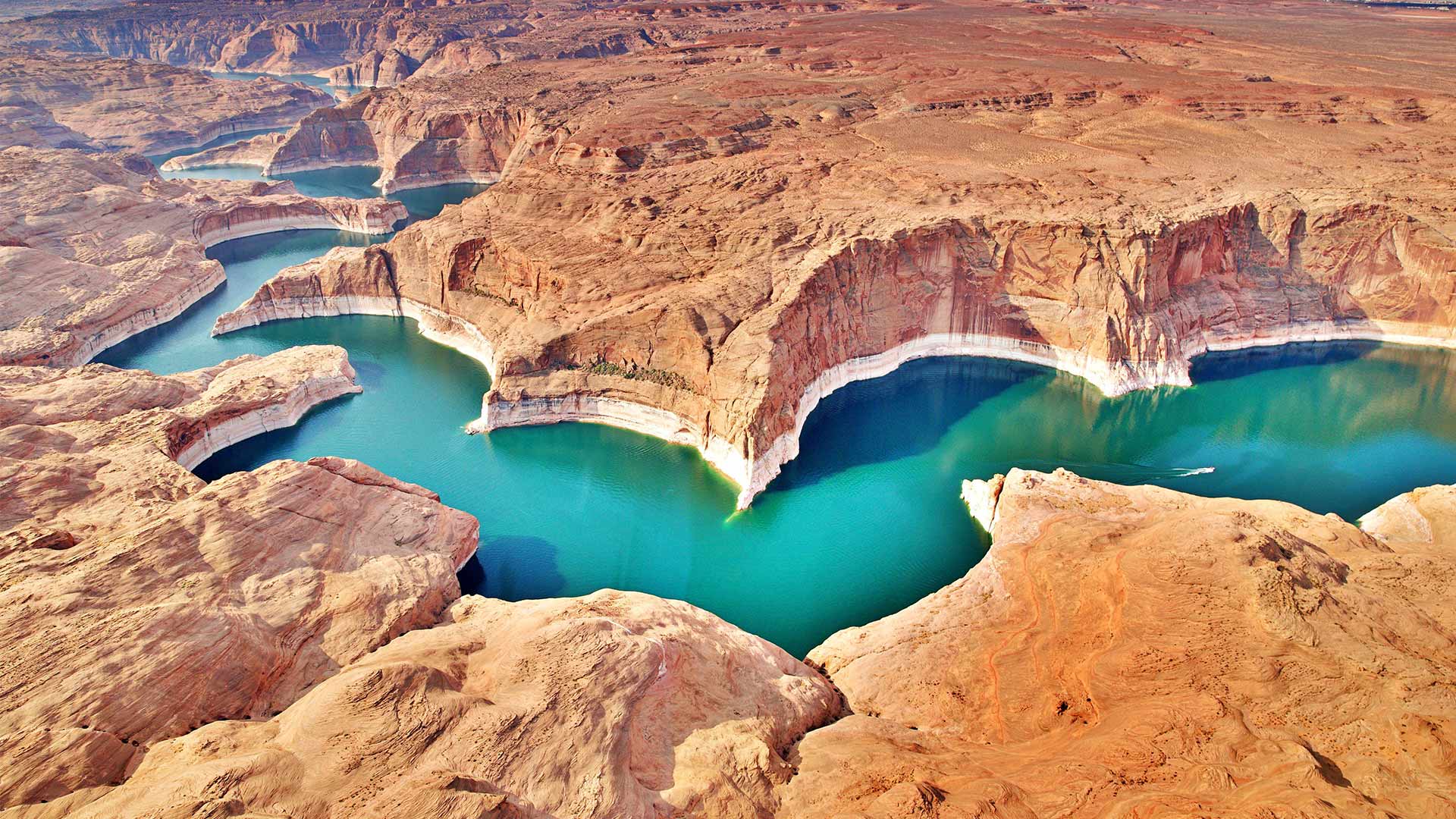Inside Ireland’s Largest Incinerator: What You Need to Know
In recent years, incineration has become an increasingly common method of waste disposal in Ireland. With the country facing growing concerns about landfill capacity and environmental impact, incineration has emerged as a viable alternative for managing non-recyclable waste.
One of the largest incinerators in Ireland is the Poolbeg Incinerator, located in Dublin. Completed in 2017, the facility has the capacity to handle 600,000 tonnes of waste annually, making it a crucial component of the country’s waste management infrastructure. However, the construction and operation of the incinerator has sparked considerable debate and controversy, with concerns raised about its environmental impact and potential health risks. In this article, we will take a closer look inside Ireland’s largest incinerator and explore what you need to know about this controversial facility.
The Poolbeg Incinerator, also known as the Dublin Waste to Energy Plant, is a state-of-the-art facility designed to convert non-recyclable waste into energy. The incineration process involves burning waste at high temperatures, which generates heat that is used to produce electricity. This electricity is then fed into the national grid, providing a sustainable and renewable energy source for the community.
The facility is equipped with cutting-edge technology to ensure that the incineration process is as efficient and environmentally friendly as possible. This includes sophisticated air pollution control systems to minimize emissions, as well as strict monitoring and compliance with environmental regulations. In addition, the incinerator has been designed to maximize energy recovery from the waste, helping to reduce the reliance on fossil fuels and contribute to Ireland’s renewable energy targets.
From an environmental perspective, the incinerator is seen by its proponents as a crucial tool for reducing the country’s reliance on landfill. With limited landfill capacity and increasing concerns about the environmental impact of landfills, the incinerator offers a more sustainable and efficient way of managing non-recyclable waste. By converting waste into energy, the incinerator helps to minimize the amount of waste destined for landfill, reducing the environmental footprint and long-term impact on the environment.
However, the construction and operation of the incinerator has not been without controversy. Critics have raised concerns about the potential health risks associated with incineration, such as air pollution and the release of harmful toxins into the environment. There have also been concerns about the impact on the local community, with fears of increased traffic, noise, and visual pollution.
In response to these concerns, the operators of the Poolbeg Incinerator have implemented strict measures to ensure that its operation is in line with the highest environmental and health standards. This includes ongoing monitoring and compliance with air quality regulations, as well as regular reporting and transparency to address any concerns raised by the local community.
In addition to environmental and health concerns, the incinerator has also faced criticism for its impact on recycling rates. Some argue that the incinerator may discourage efforts to increase recycling and waste reduction, as it provides an alternative method of waste disposal that does not prioritize recycling. However, proponents of the incinerator argue that it complements recycling efforts by providing a solution for non-recyclable waste that would otherwise end up in landfill.
Overall, the Poolbeg Incinerator represents a significant step forward in Ireland’s waste management infrastructure. By converting non-recyclable waste into energy, the facility offers a sustainable and renewable solution to the growing challenges of waste management and environmental impact. However, ongoing monitoring, transparency, and compliance with environmental regulations are crucial to ensure that the operation of the incinerator is safe and environmentally responsible.
FAQs
Q: Is incineration a safe method of waste disposal?
A: When operated in line with the highest environmental and health standards, incineration can be a safe and efficient method of waste disposal. Strict monitoring, compliance with air quality regulations, and transparent reporting are essential to ensure that incineration facilities are operating in a responsible and environmentally friendly manner.
Q: What impact does incineration have on air quality?
A: Incineration facilities are equipped with advanced air pollution control systems to minimize emissions and ensure that the impact on air quality is minimal. Regular monitoring and compliance with air quality regulations are essential to address any concerns about the impact of incineration on air quality.
Q: How does the Poolbeg Incinerator contribute to renewable energy production?
A: The Poolbeg Incinerator generates electricity from the heat produced by burning waste. This electricity is then fed into the national grid, providing a sustainable and renewable energy source for the community. By converting waste into energy, the incinerator helps to reduce the reliance on fossil fuels and contribute to Ireland’s renewable energy targets.
Q: What measures are in place to ensure the safety and environmental responsibility of the Poolbeg Incinerator?
A: The operators of the Poolbeg Incinerator have implemented strict measures to ensure that its operation is in line with the highest environmental and health standards. This includes ongoing monitoring, compliance with air quality regulations, and regular reporting to address any concerns raised by the local community.
Q: What impact does the Poolbeg Incinerator have on recycling rates?
A: Some argue that the incinerator may discourage efforts to increase recycling and waste reduction, as it provides an alternative method of waste disposal that does not prioritize recycling. However, proponents of the incinerator argue that it complements recycling efforts by providing a solution for non-recyclable waste that would otherwise end up in landfill.
Inside Ireland’s Largest Incinerator: What You Need to Know




